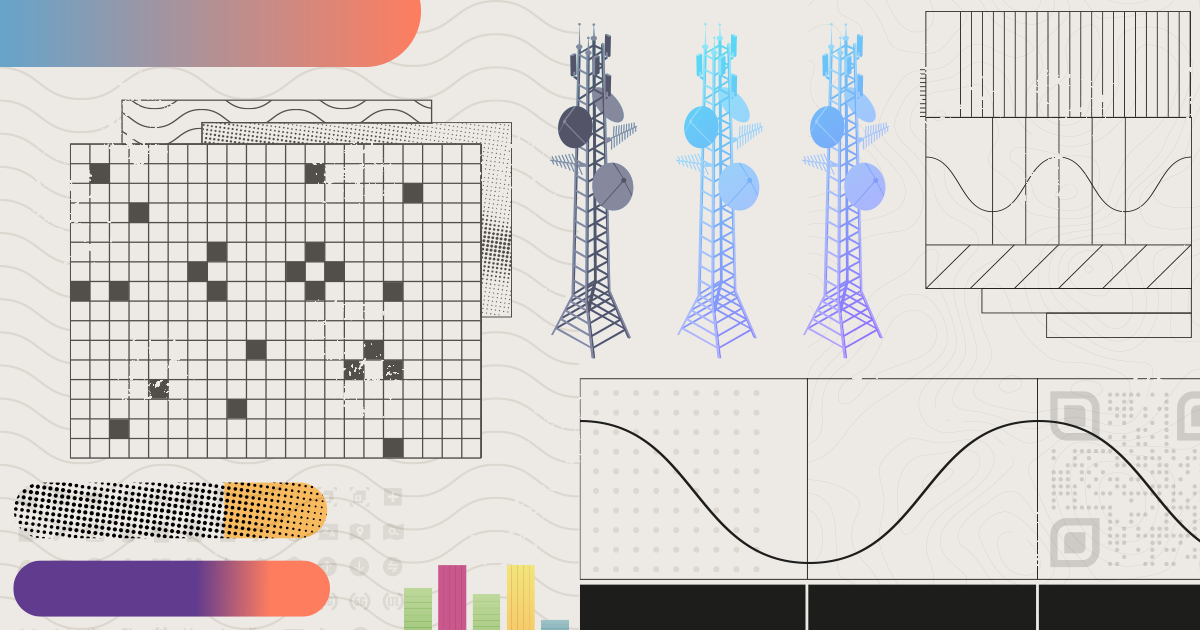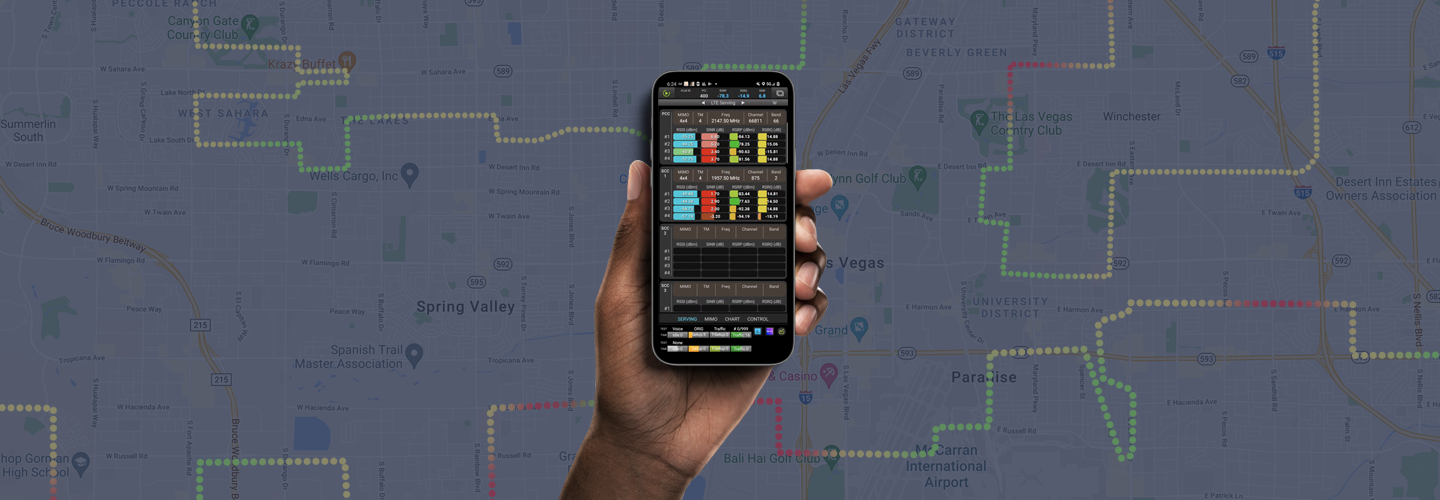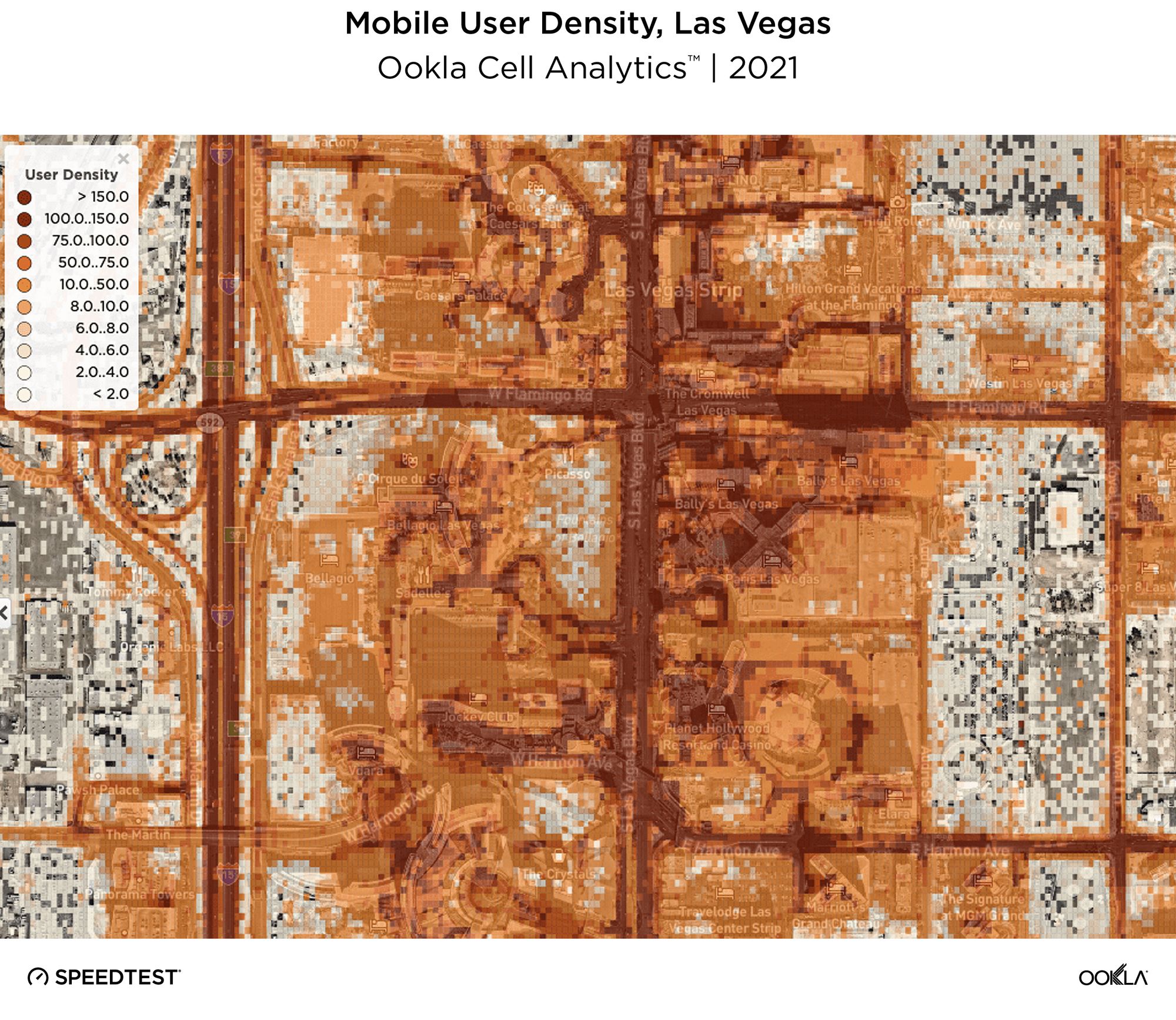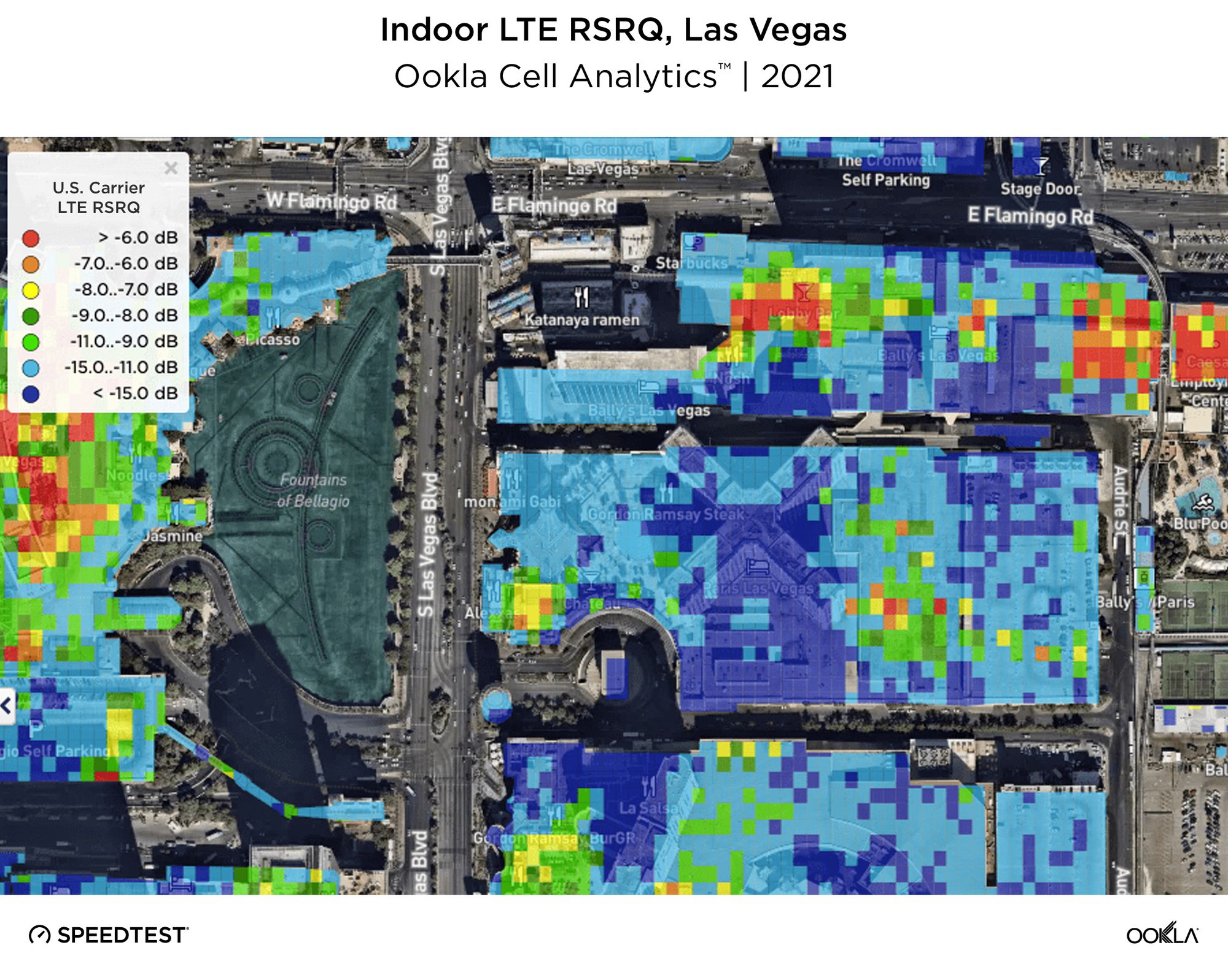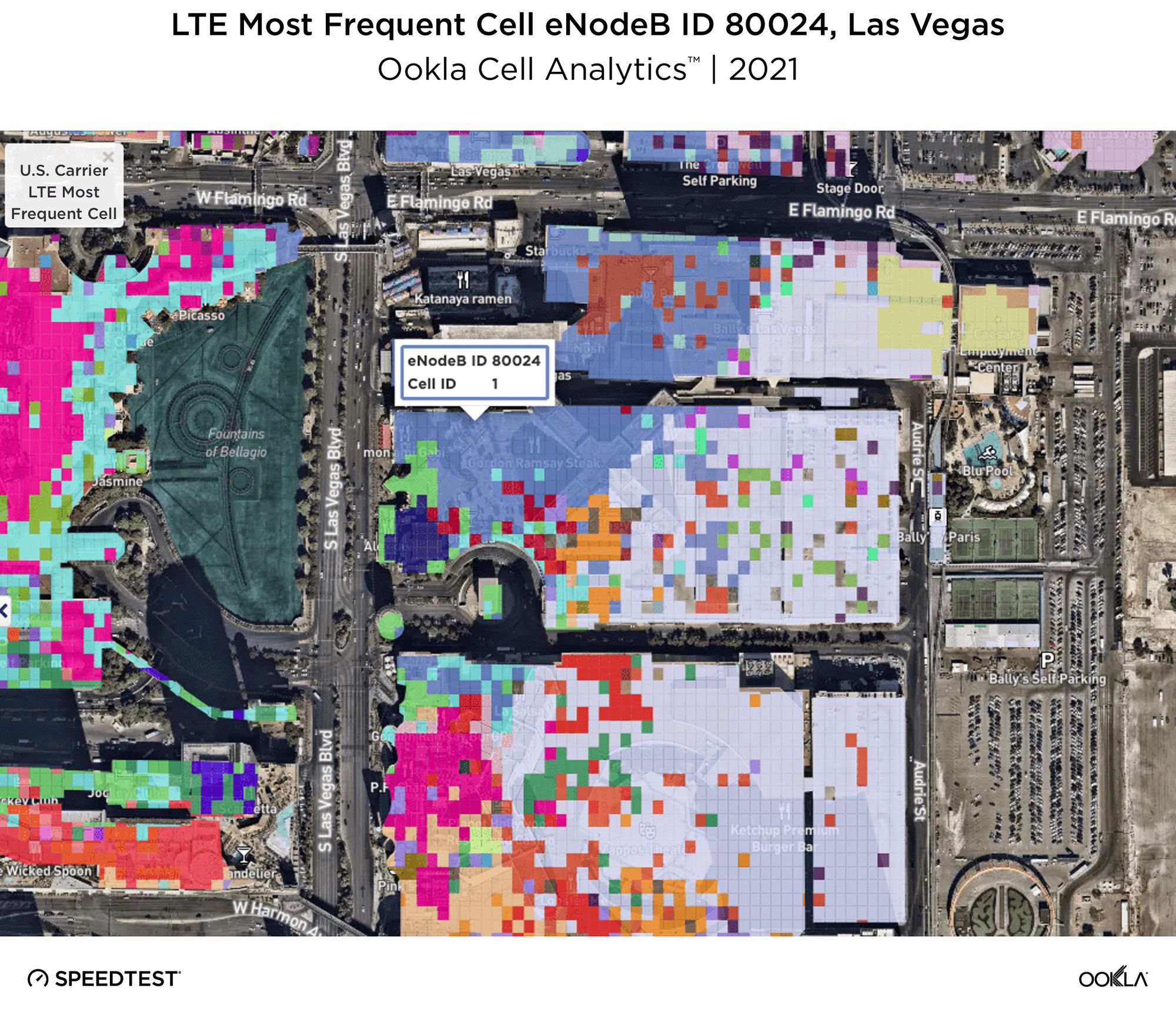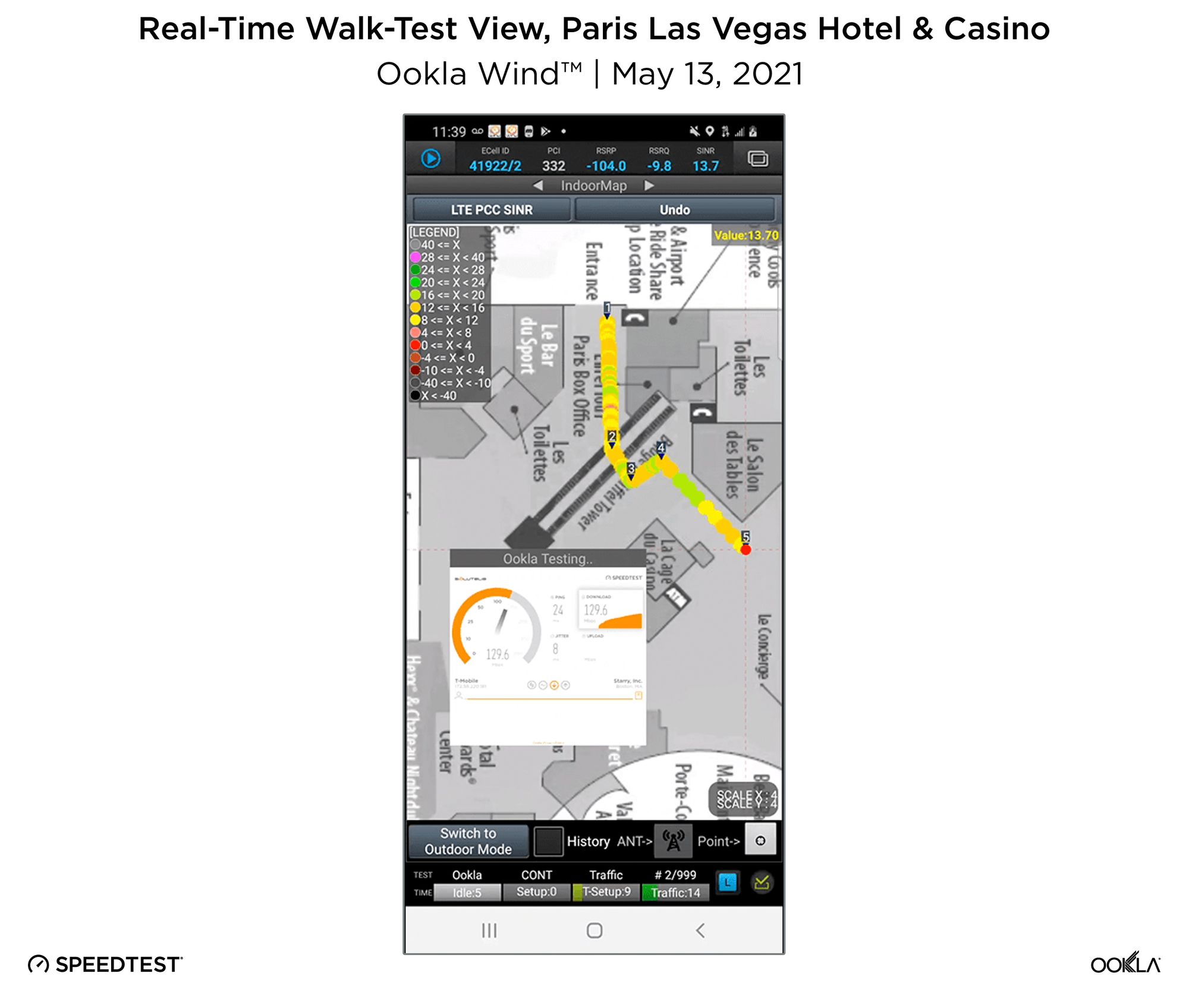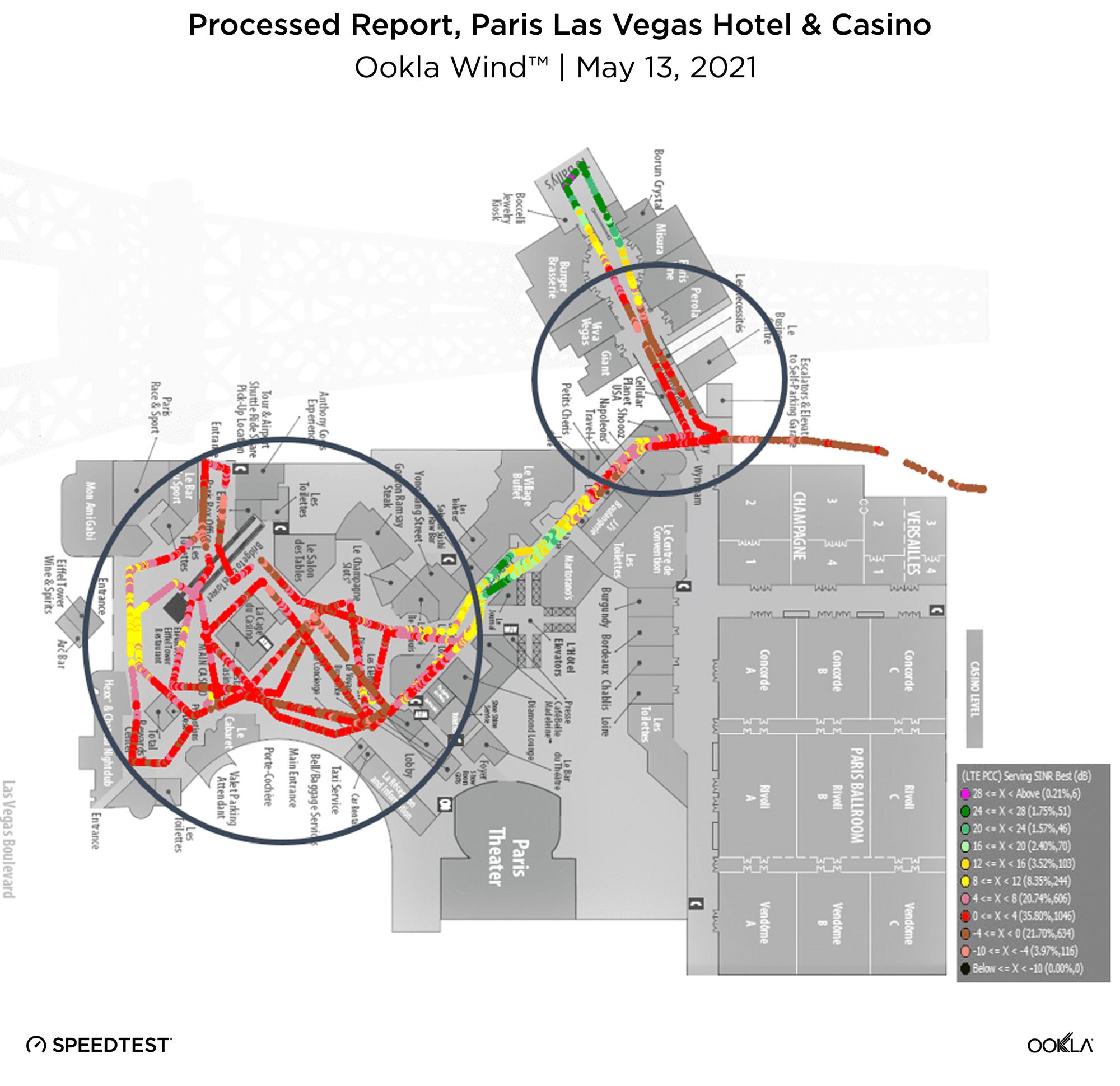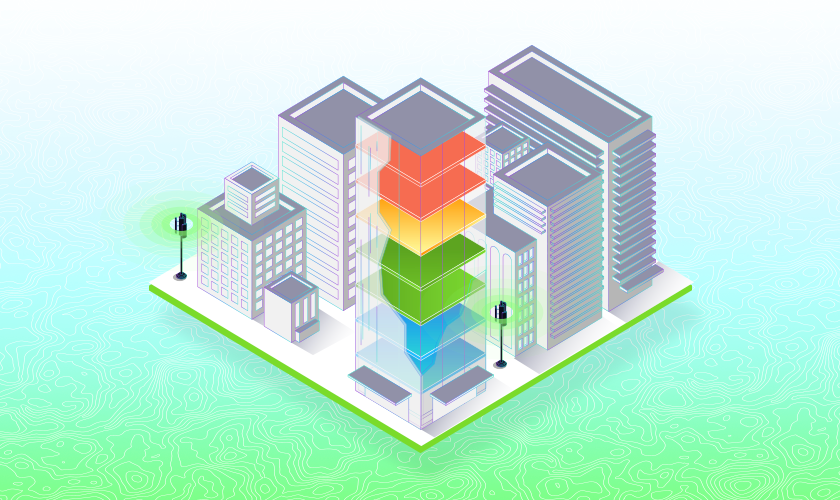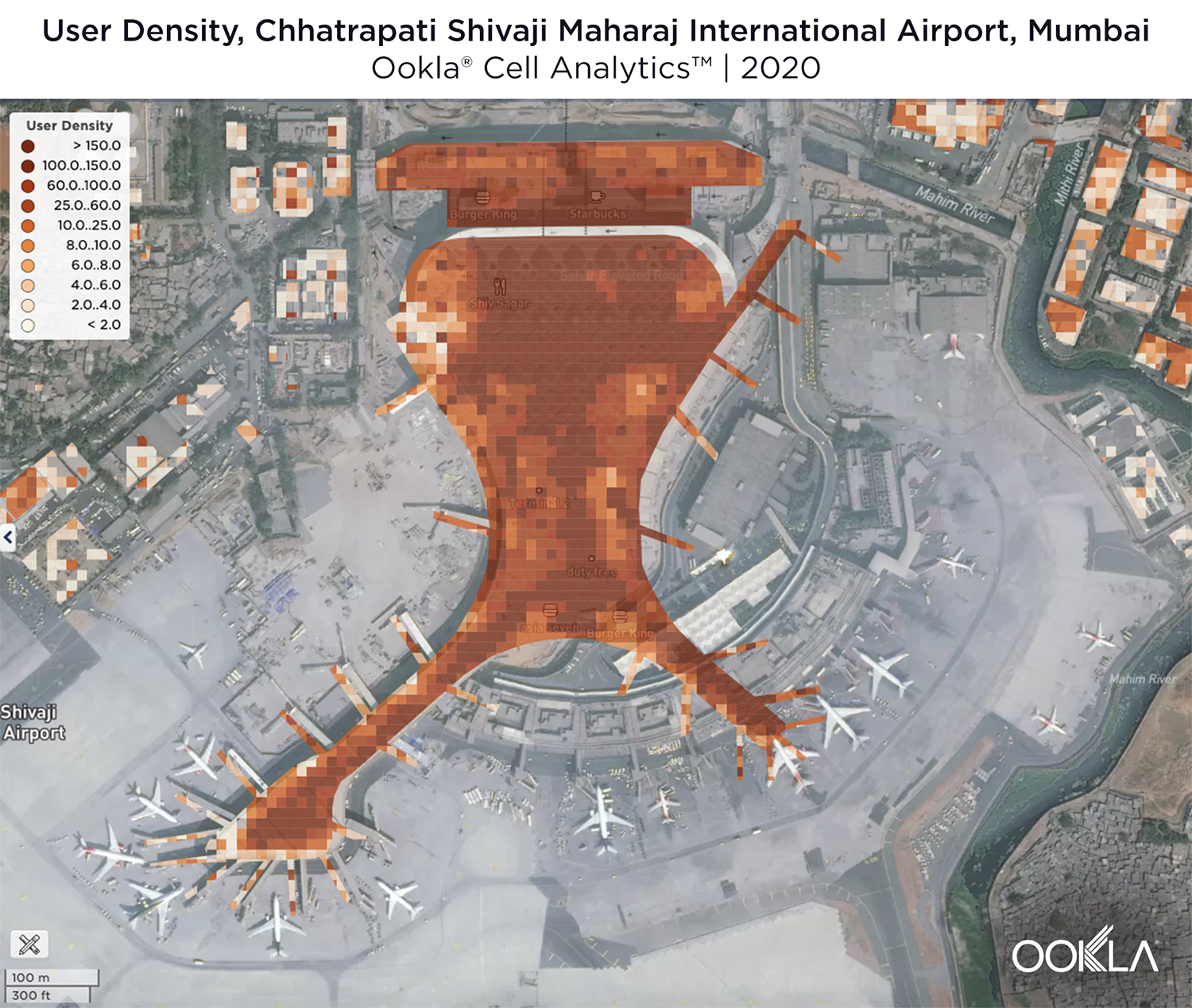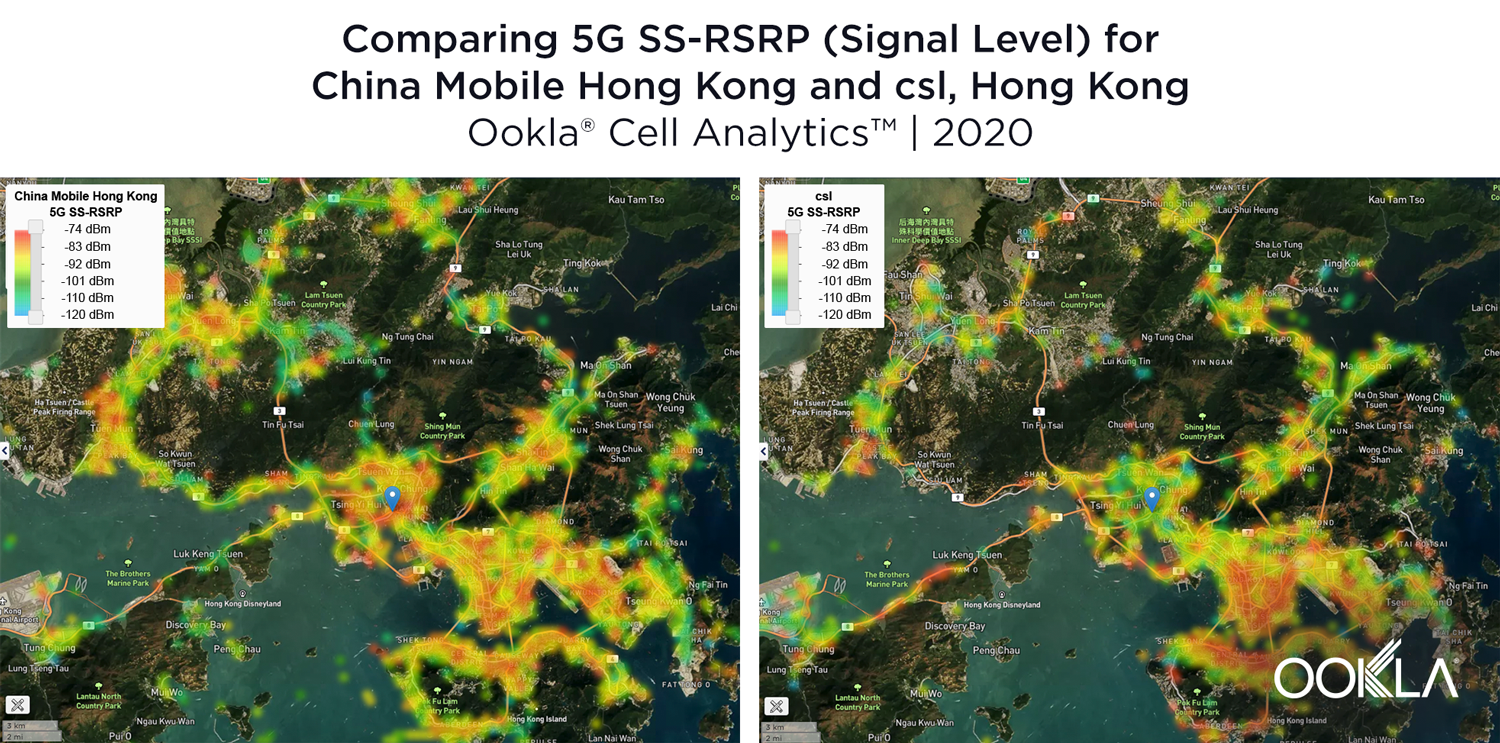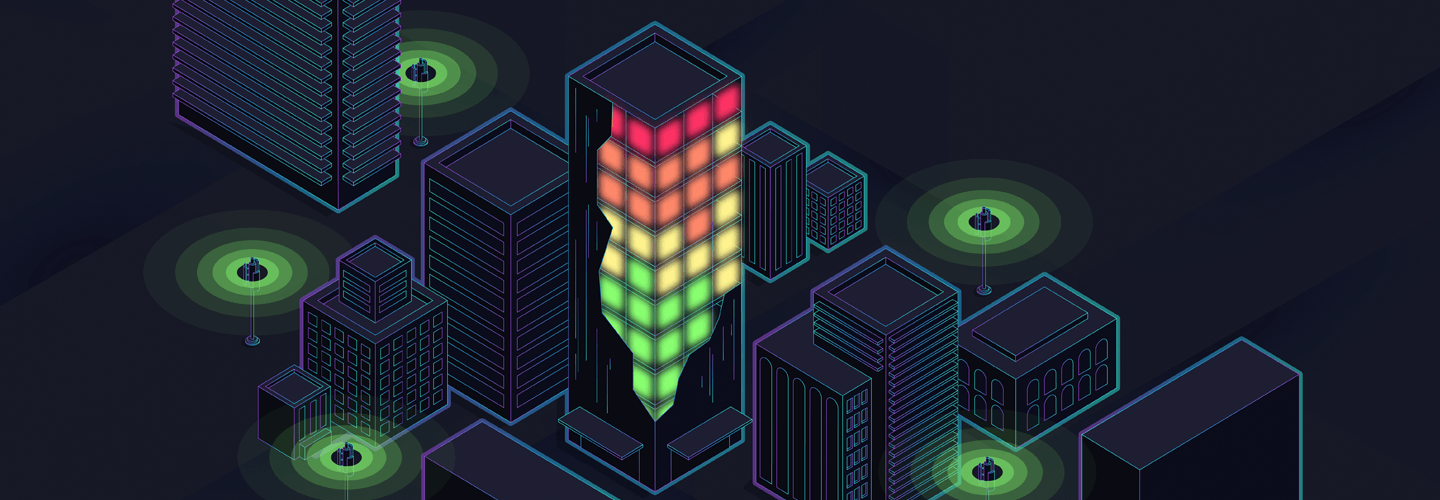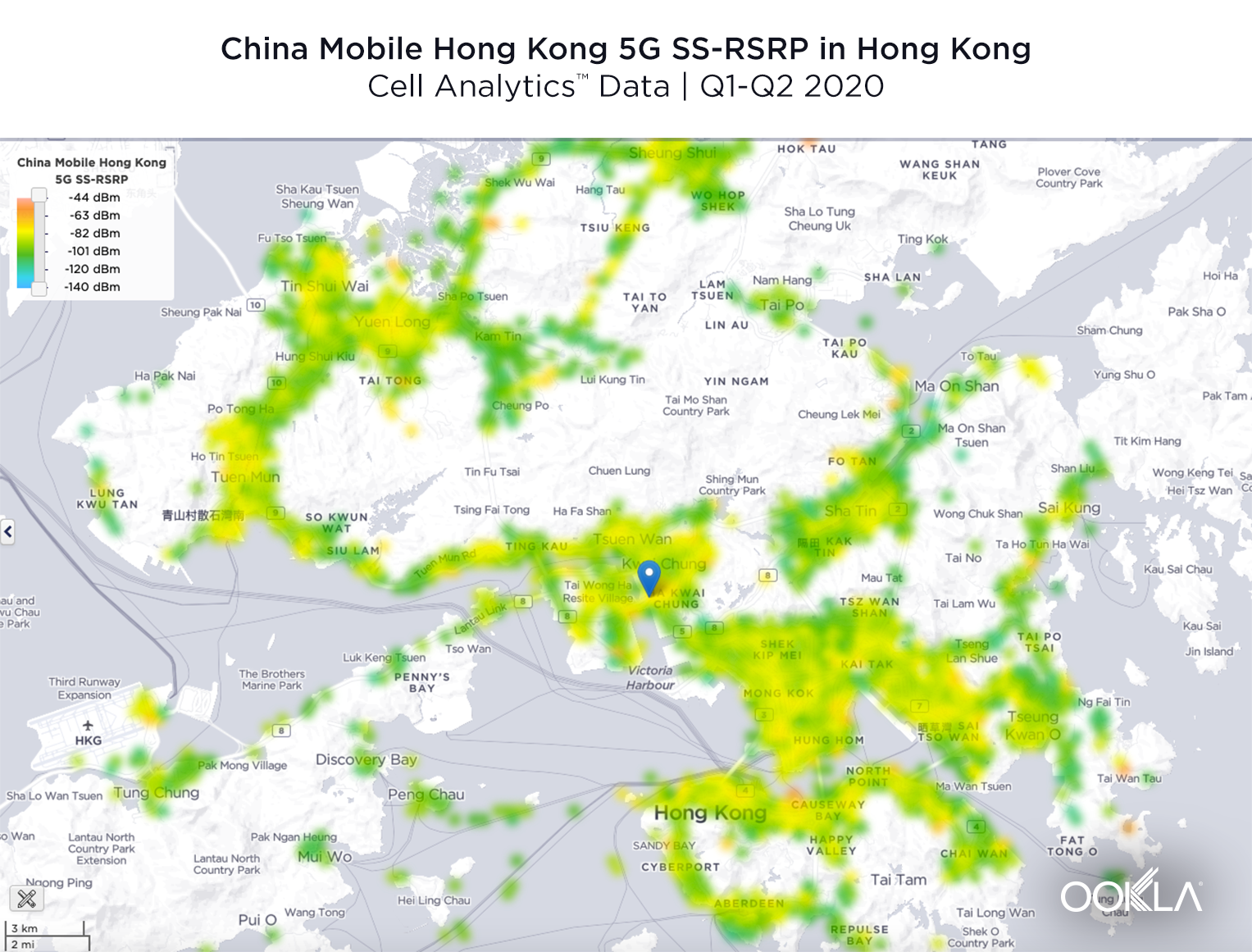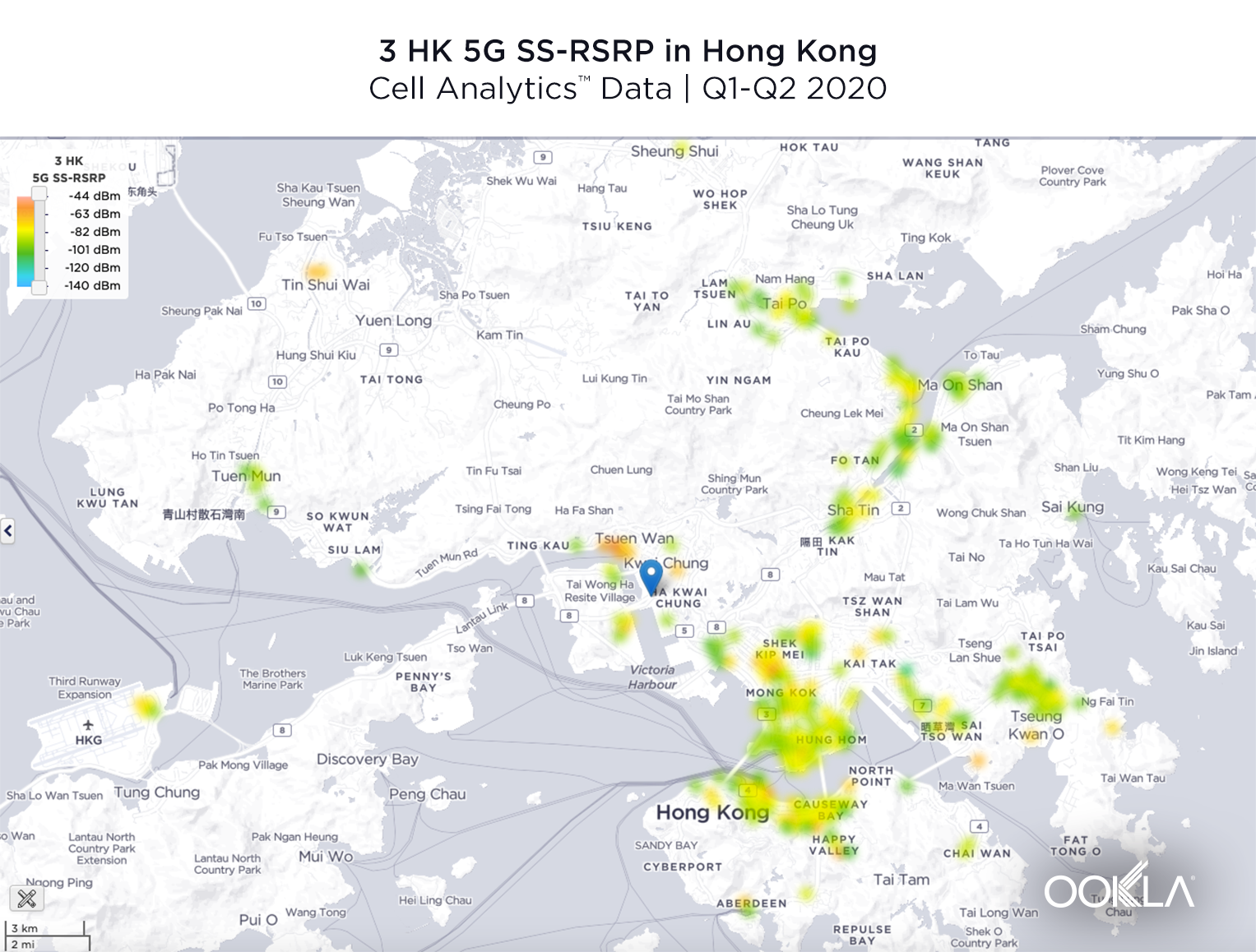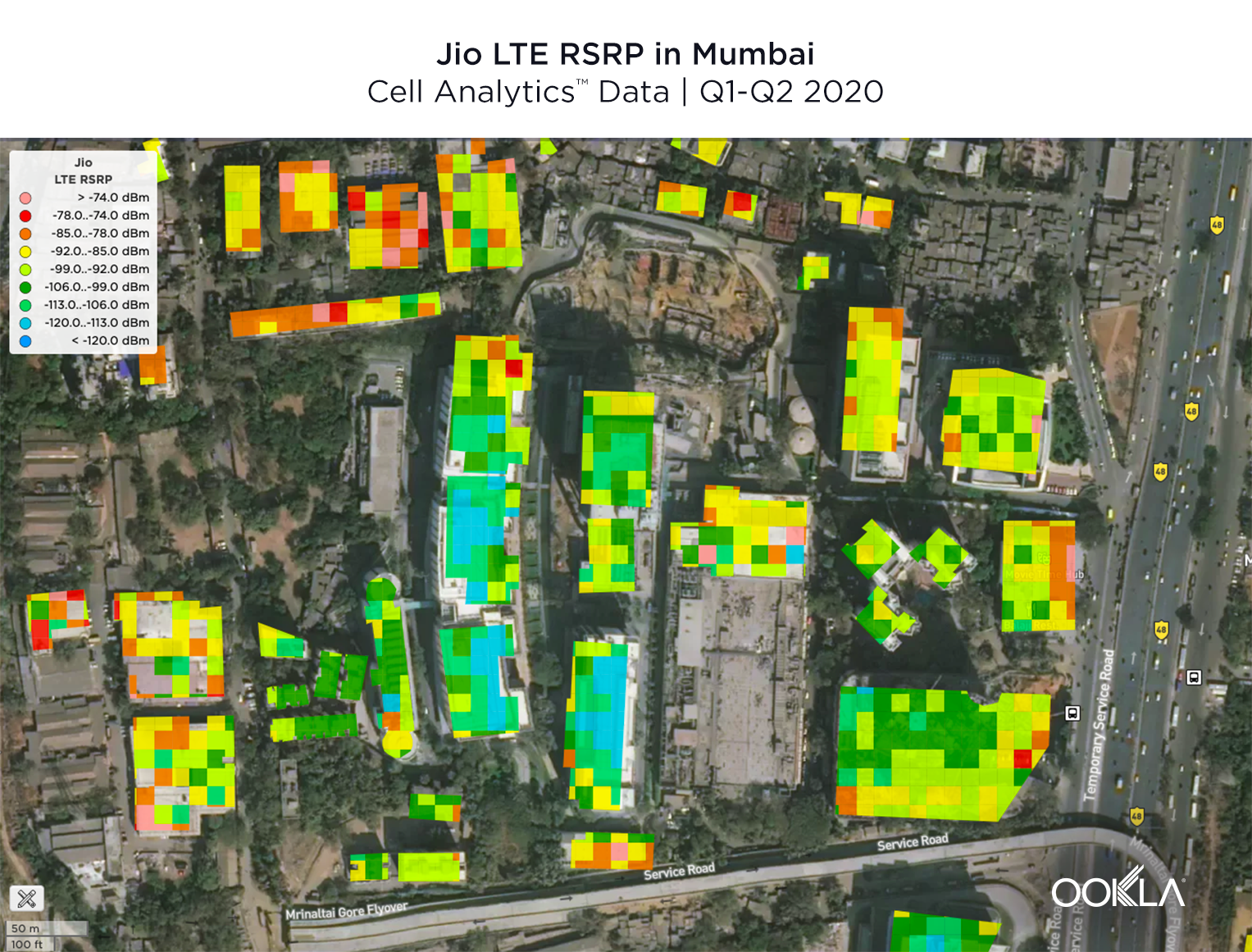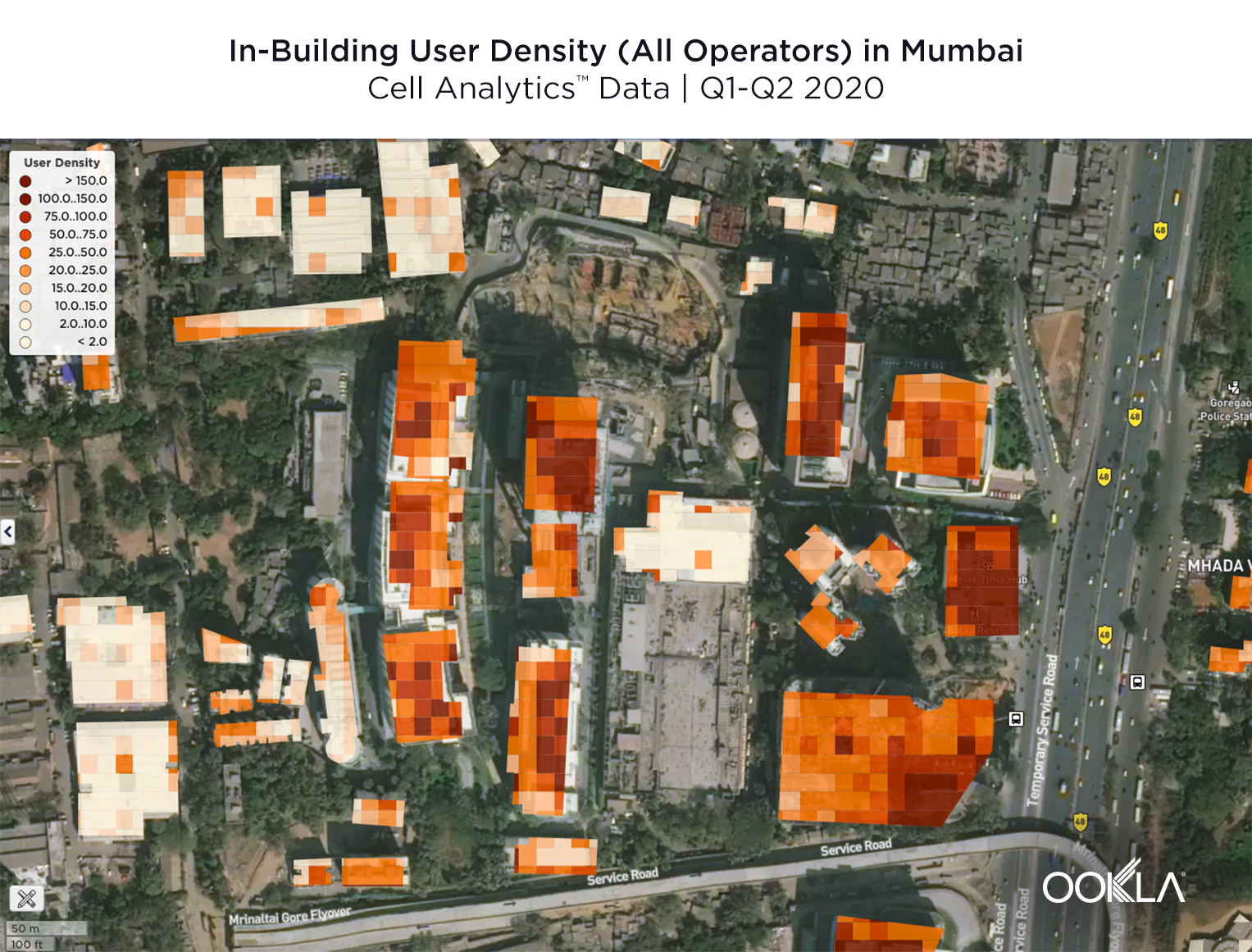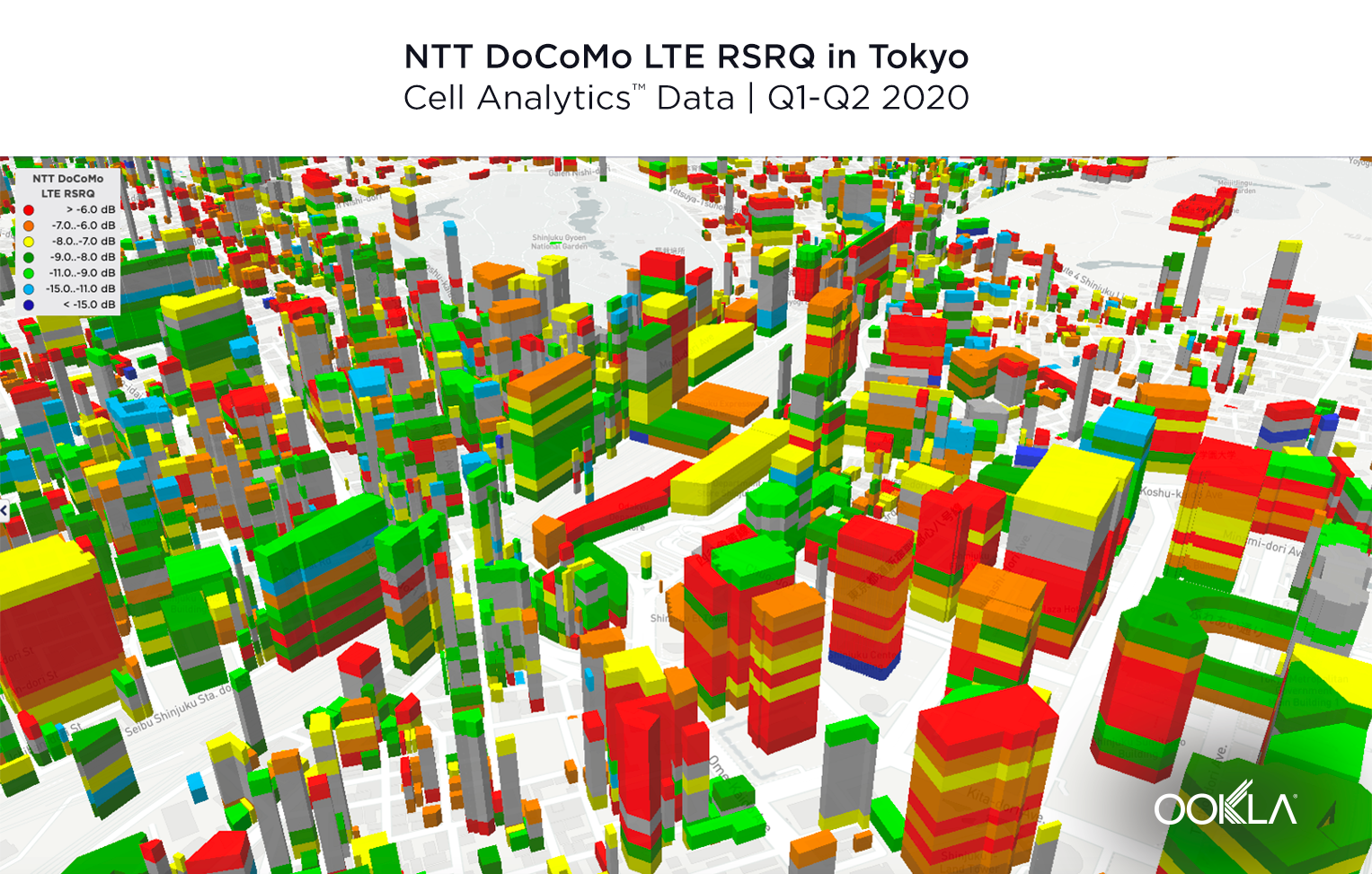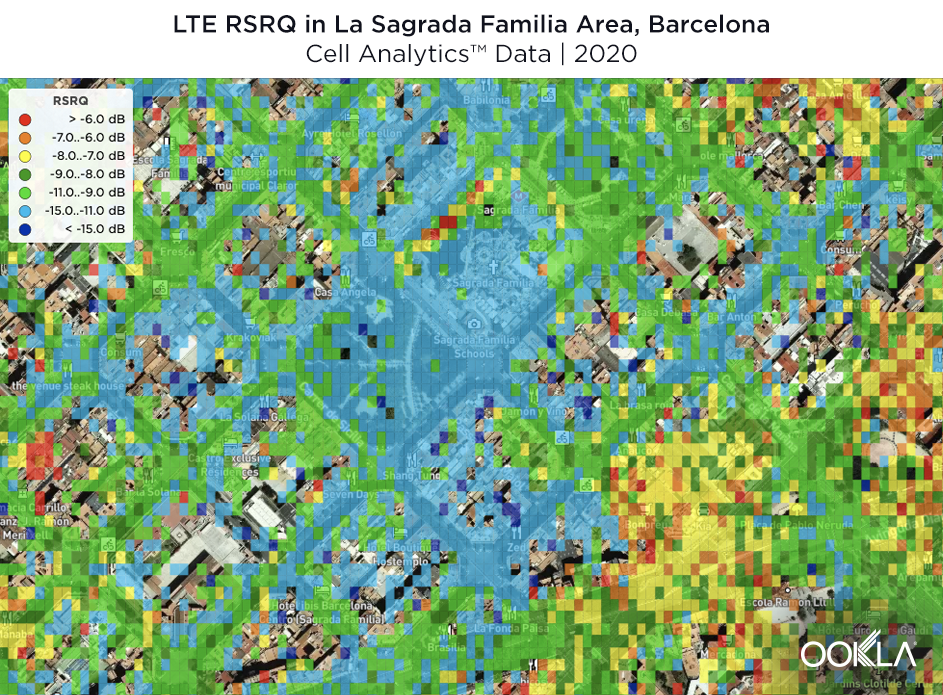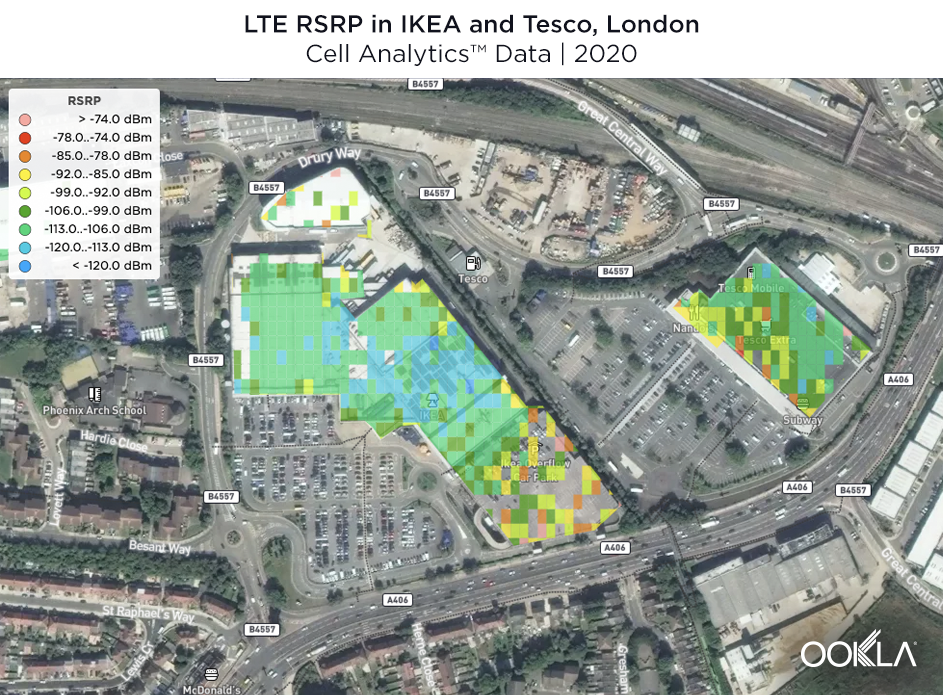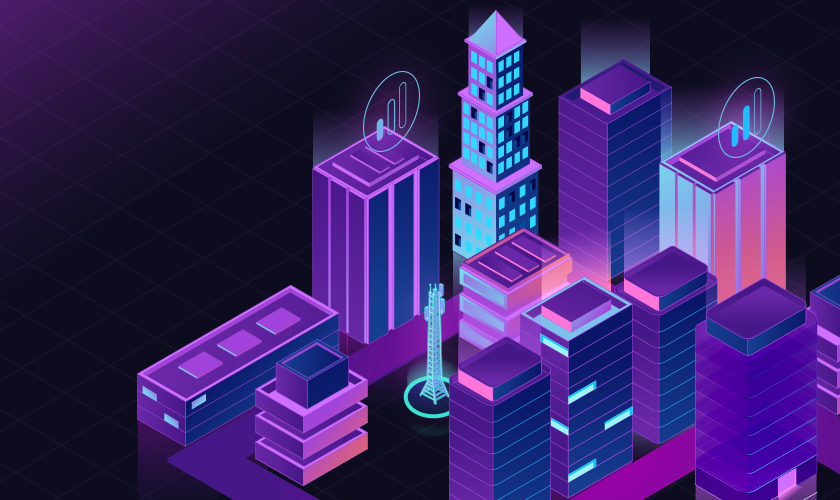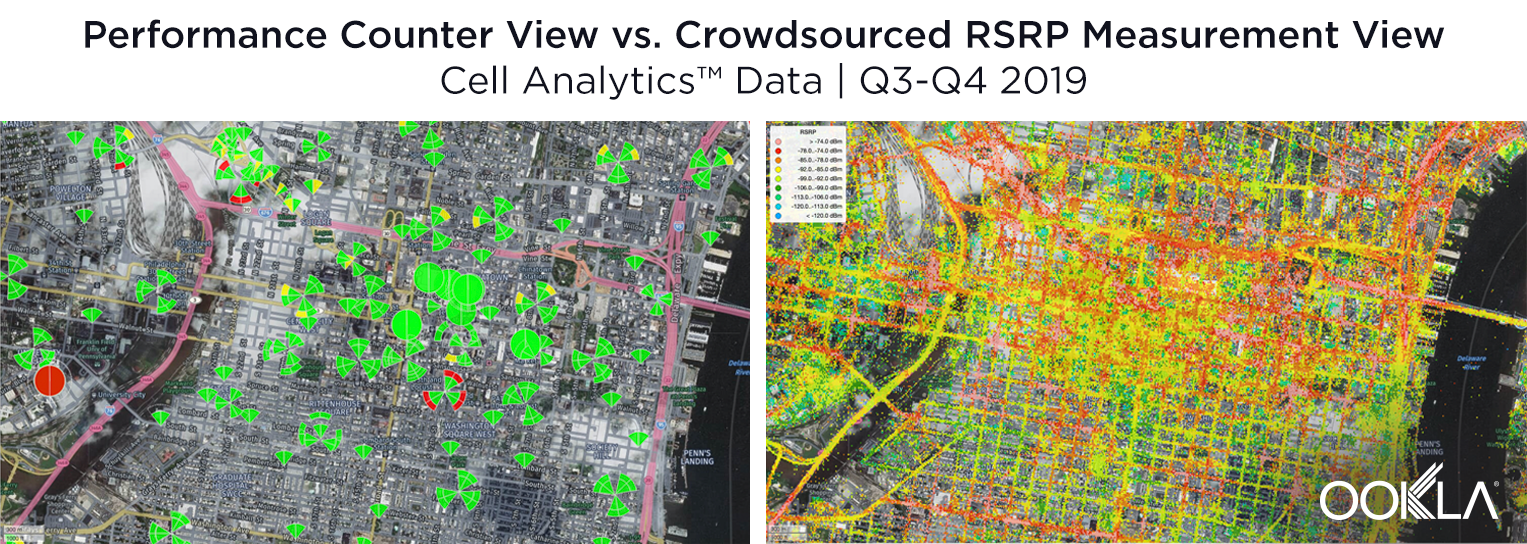5G is a critical technology for the future of mobile communications. To meet the growing demand for mobile data and to enable innovative applications, mobile network operators are expanding 5G networks around the world. As operators face economic challenges with inflation and constrained Capex budgets, the optimization of existing infrastructure and cost-effective investments is essential. Having access to good quality data can help them make informed decisions on how best to allocate resources. Crowdsourced data needs to be a part of the 5G network strategy because it provides operators with a real-time view of their 5G network performance and coverage, as well as insights into how users are experiencing the network.
Operators can use QoS (Quality of Service) and QoE (Quality of Experience) metrics to plan, monitor, and optimize 5G network performance. In this article we will look at an example of how an operator in Bangkok, Thailand has used Ookla’s QoS and QoE data over the past two years.
Planning where to add 5G SA cell sites or deploy 5G NSA
QoS and QoE data can help operators understand whether to add 5G standalone (SA) cell sites or deploy 5G non-standalone (NSA) on existing 4G cell sites. Using Ookla Cell AnalyticsTM, operators can find out where they have poor coverage and performance with existing cell sites, so that they can prioritize additional cell sites in areas that need the most improvement.
As 5G replaces 4G LTE footprints, operators need to understand existing LTE network performance. LTE optimization priority is a KPI that can help operators identify where optimization is needed by showing areas that have good LTE signal level and poor signal quality. A high percentage indicates that optimization is most urgently needed, and a low percentage indicates that no optimization is needed.
Looking at data from late 2021, we can see areas with high optimization priority (shown by the red bins in the first image), and network performance test results that indicate low LTE downlink throughput and low 5G downlink throughput (shown by the red dots in the second image).
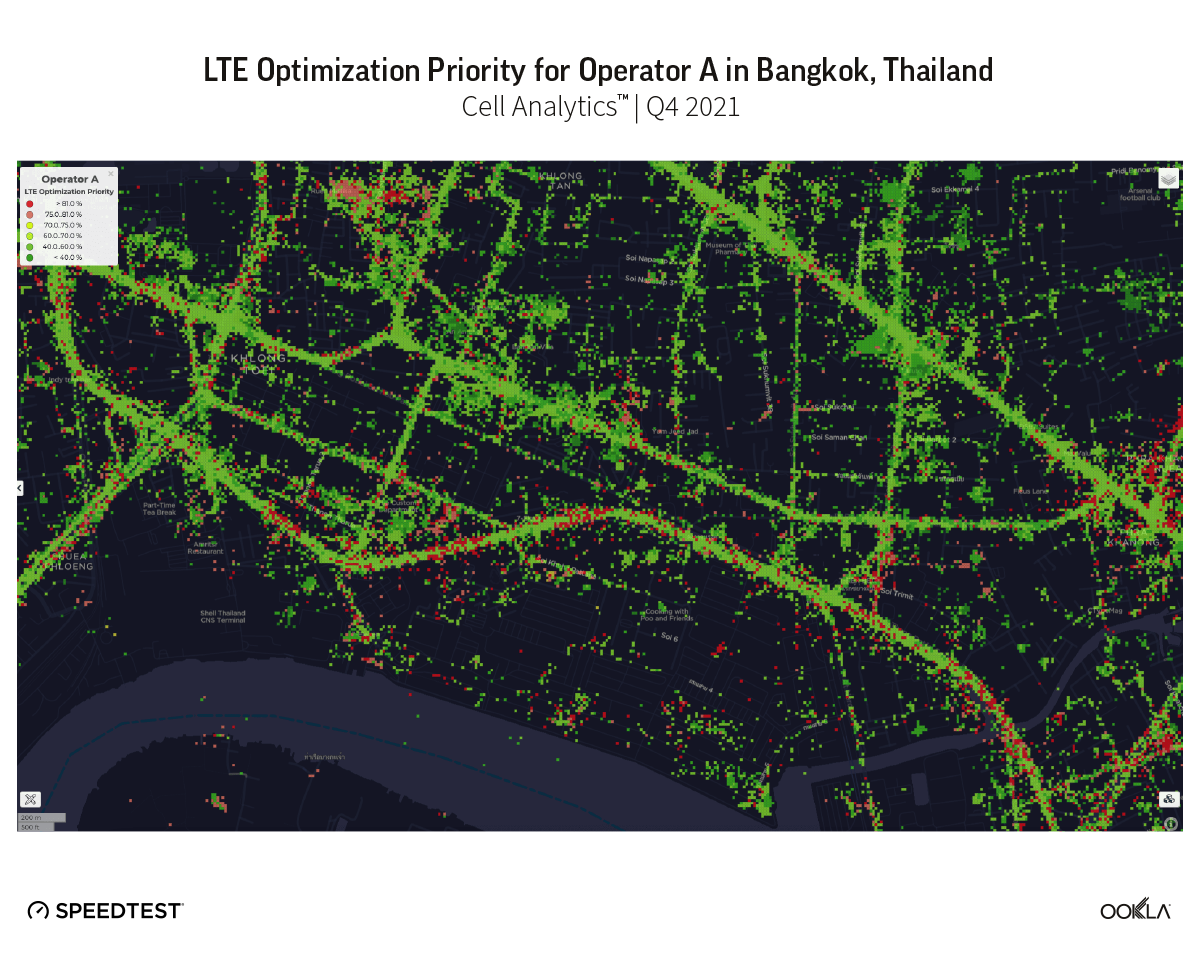

Operator A was able to visualize the areas with high optimization priority and low download speeds on LTE and 5G, indicating that those areas have good coverage but bad quality, and should be prioritized for adding new 5G sites.
Operators can also use Consumer QoETM to understand where they have poor user experience and where a new 5G cell site would have the most impact on QoE metrics such as web page load time for web browsing. Customers expect to have good connectivity on the go, so slow page load time for web browsing leads to poor customer experience.
Looking at data from 2022, Operator A was able to see on a map where web pages were taking the most time to load on customer devices (shown in red).

Operators can also use Cell Analytics to see where existing 5G cell sites are on their network. In the screenshot below, we can see all of the 5G cell sites for Operator A in Bangkok, Thailand.
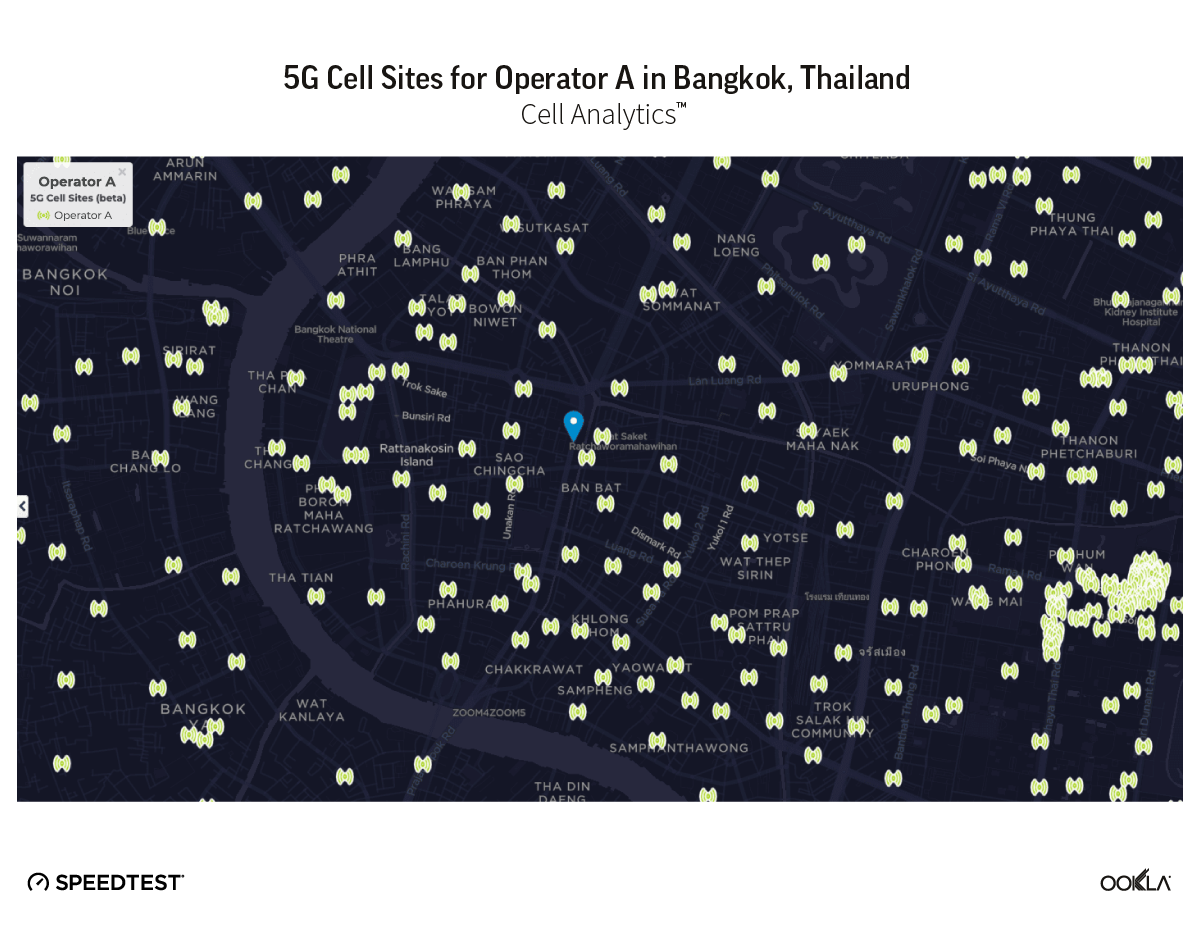
Using 5G cell site locations in conjunction with RF metrics such as LTE optimization priority and QoE metrics like web page load time, Operator A was able to make informed decisions about where to add new 5G SA cell sites or deploy 5G NSA.
Optimizing your 5G network
After adding new 5G SA cell sites and deploying 5G NSA, operators can use Ookla data to continually optimize their 5G network. QoS and QoE data supports optimization use cases including pinpointing overshooting cells, finding areas with a lack of cell dominance, and identifying areas where users are experiencing poor performance, coverage, quality, or degrading QoE.
For example, Operator A was able to identify areas with high data traffic that was leading to poor signal quality. In the image below, Operator A can see that mobile data usage is particularly high (shown in red) in the Ratchaprasong District, a popular shopping area with 9 major malls and more than 5,500 shops.
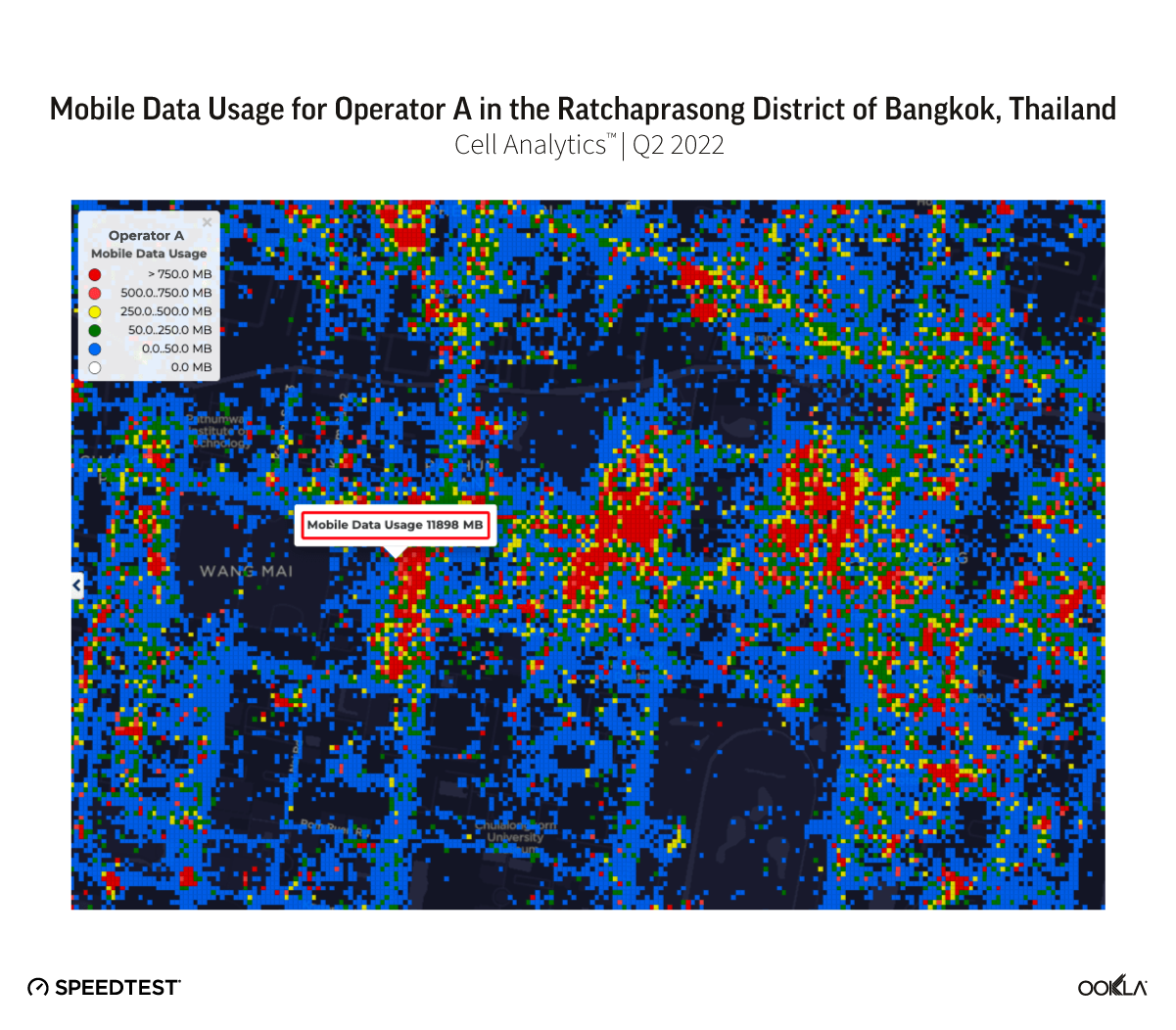
Taking a look at 5G RSRQ data for this area, Operator A was able to see that signal quality was poor (shown in green and blue) in some of the busier areas of the shopping district.

These problem areas with high traffic and low signal quality are areas where Operator A should optimize their network by ensuring signals are routed efficiently. One year later in Q2 2023, there are many more areas with strong signal quality (shown in red), indicating that Operator A has improved the signal quality in the area.
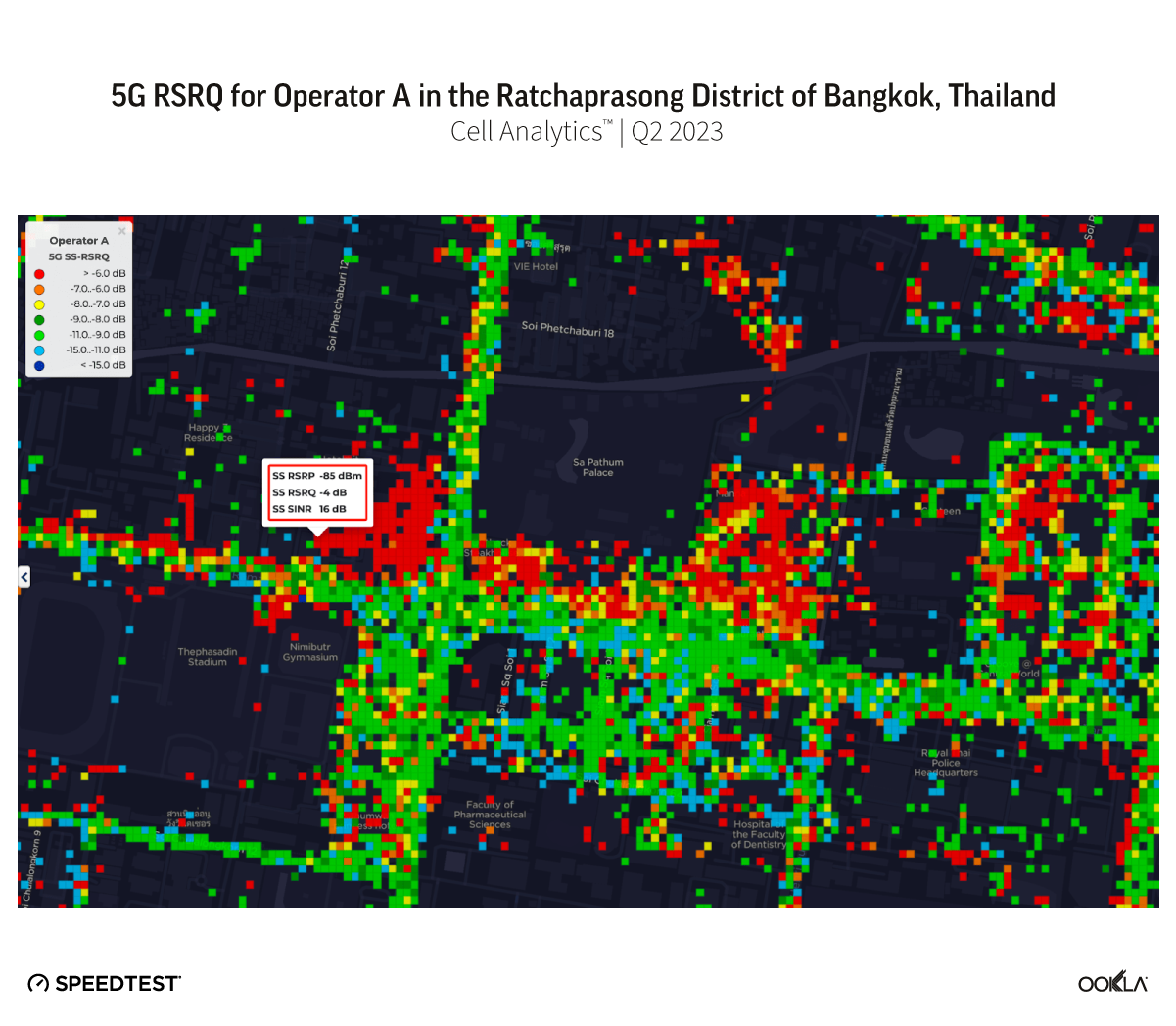
We can see that the improvement is due to a new 5G cell site, and we can examine its cell ID and PCI along with its coverage footprint. We can also see that this operator is using the 2500 MHz frequency band for 5G in the area.

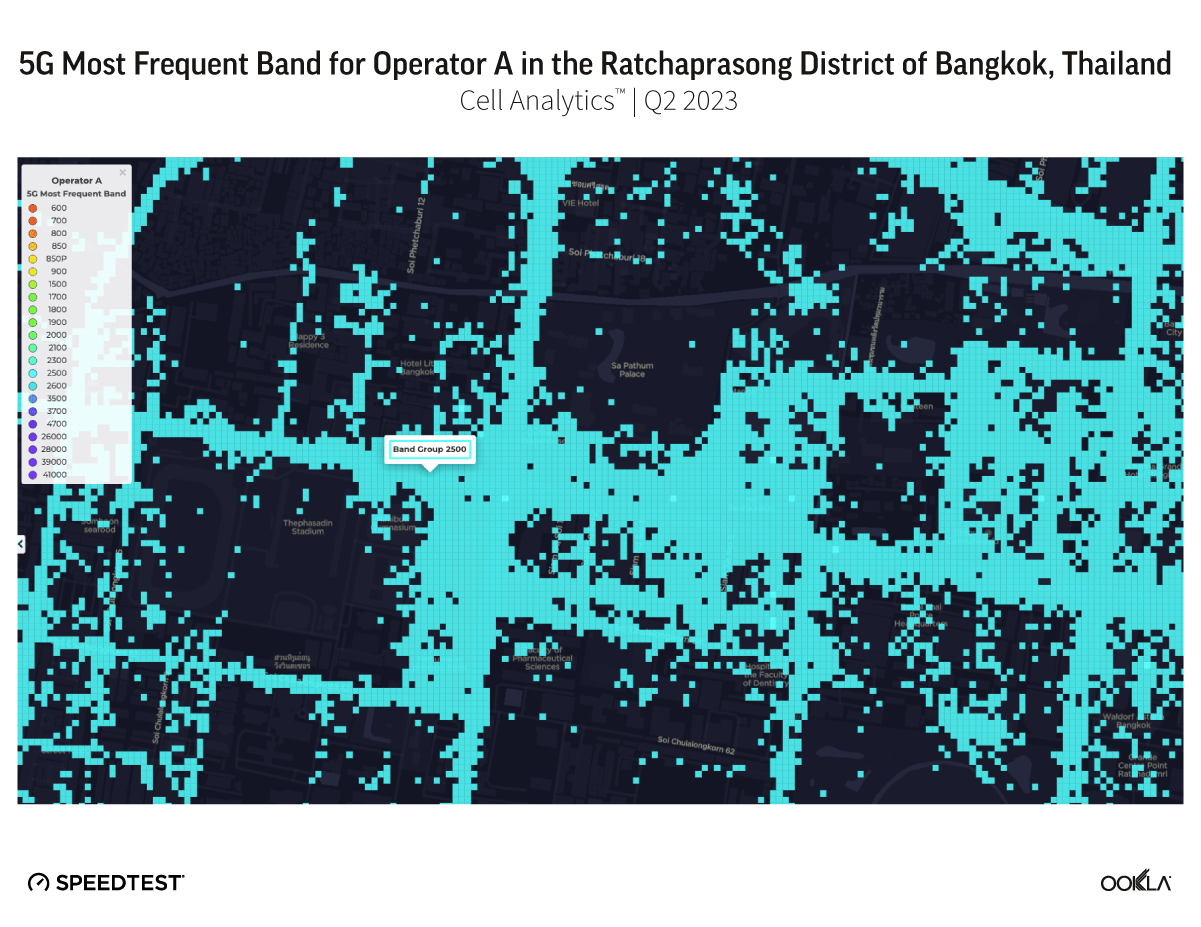
Monitoring your 5G network performance and competitor rollouts
To ensure that customers are realizing the improved QoS and QoE that 5G has promised, it’s important that operators are continuously monitoring and optimizing their network. Operators can use Ookla data to validate the impact that the rollout has had on performance, coverage, and quality.
Looking again at LTE optimization priority and downlink throughput two years later in 2023, we can see that Operator A has successfully optimized the network and is providing better RSRP, RSSNR, and download speeds to their customers than they were in 2021 (less red and more green).
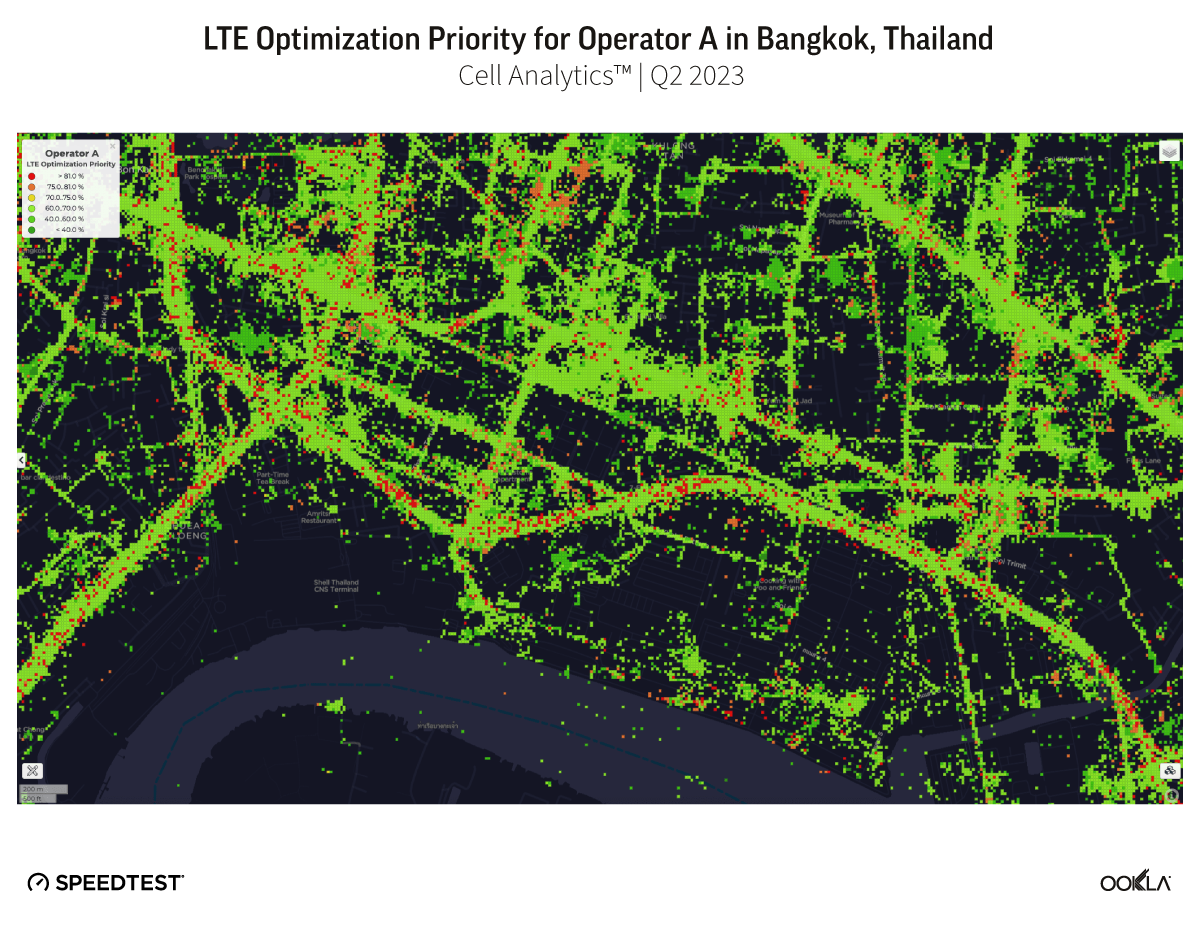
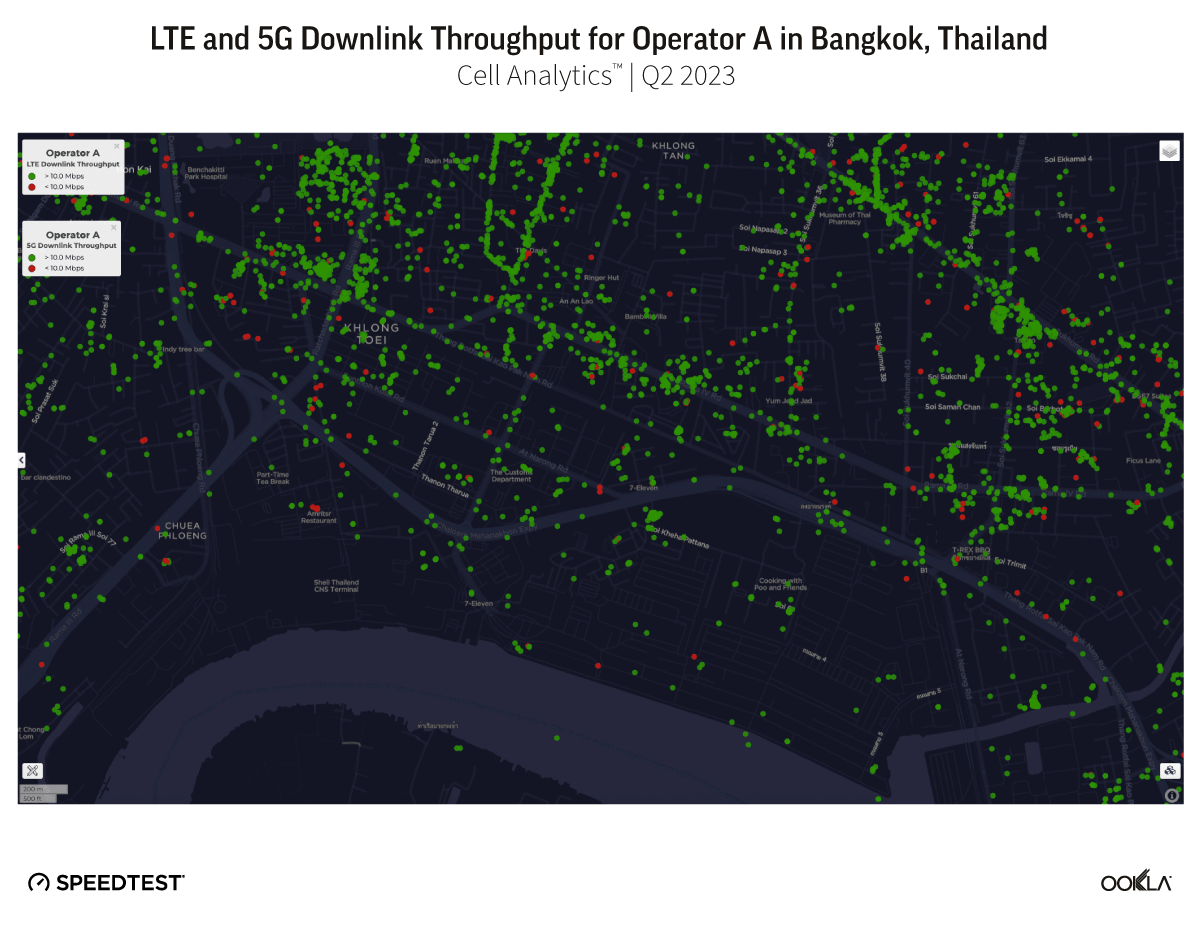
Additionally, Operator A can validate improved QoE by looking at web page load time in 2023. There are significantly more green areas on the map than there were in 2022, indicating that page load times in Bangkok have become much faster and Operator A is now providing a better quality of experience.
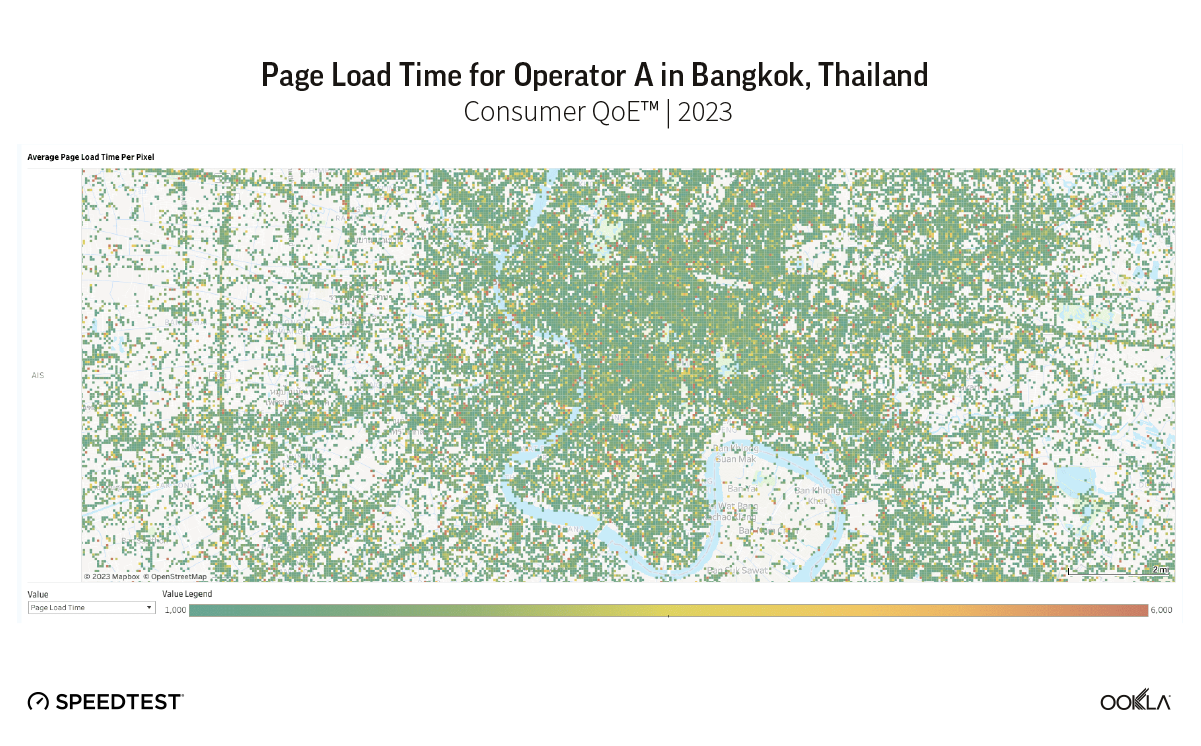
Operators can also monitor the rollout of their own network and competitor networks by viewing 5G cell site locations. Operator A can see their 5G cell sites (shown in green), as well as their competitor Operator B’s 5G cell sites (shown in red). Operator A is able to see that they are leading the way in 5G deployments for Bangkok.
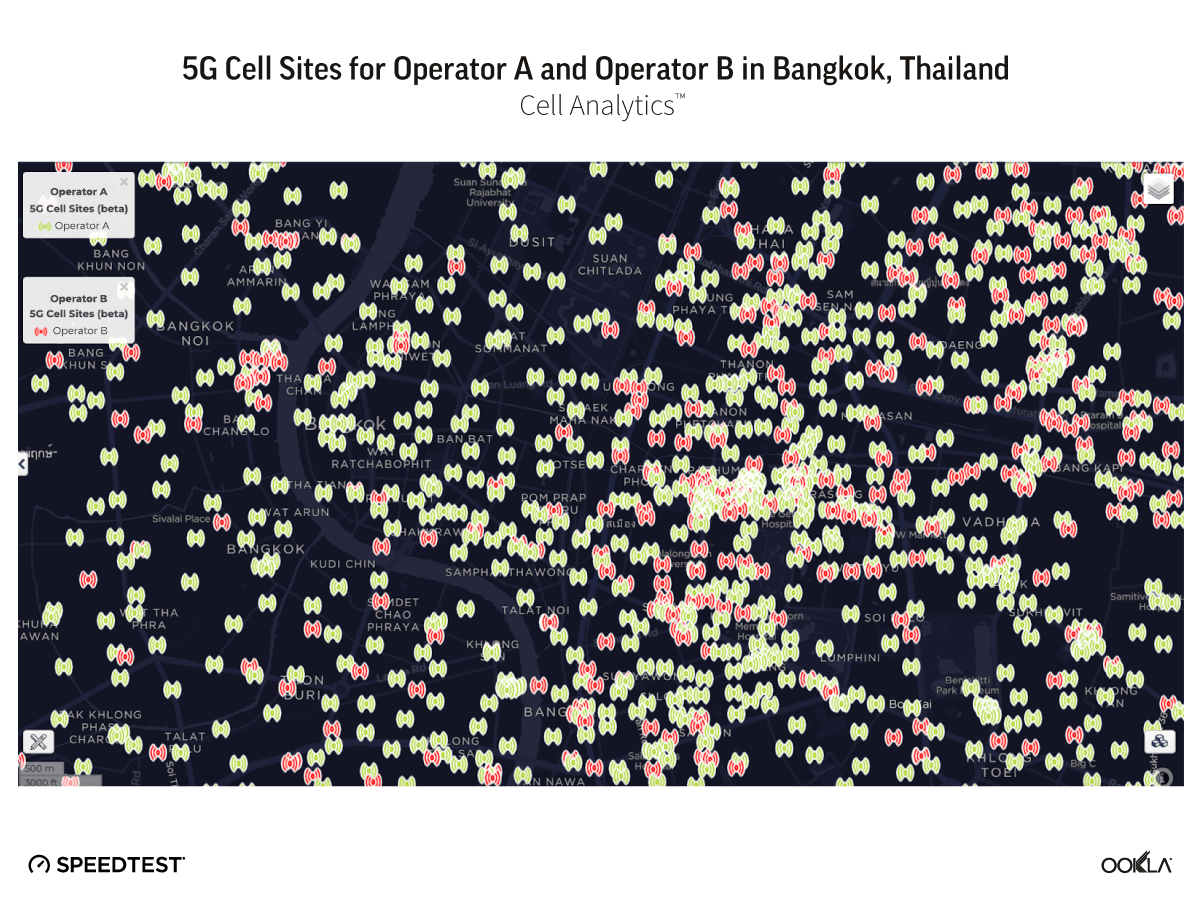
From 2021 to 2023, Operator A used Ookla data to plan where to build 5G SA cell sites and deploy 5G NSA, optimize their 5G network, validate network improvements, and monitor competitor rollouts.
As operators expand their 5G networks to meet the increasing demand for mobile data and support innovative applications, the need for efficient network management becomes paramount. Ookla can help operators make data-driven decisions at every stage of the 5G lifecycle — planning, optimizing, and monitoring — allowing them to stay ahead and deliver exceptional mobile performance to customers. If you’re interested in getting started with Cell Analytics or Consumer QoE, inquire here.
Ookla retains ownership of this article including all of the intellectual property rights, data, content graphs and analysis. This article may not be quoted, reproduced, distributed or published for any commercial purpose without prior consent. Members of the press and others using the findings in this article for non-commercial purposes are welcome to publicly share and link to report information with attribution to Ookla.
